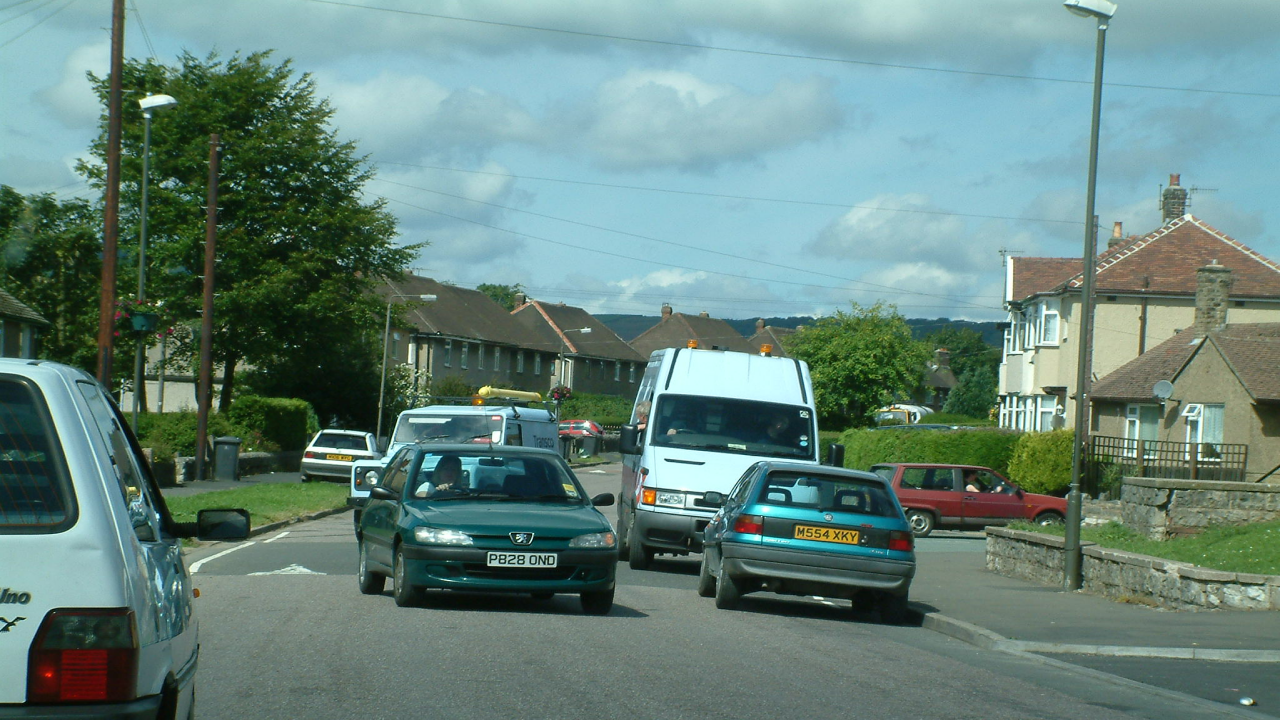Unit 4: Approaching to turn left
Unit 5: Approaching to turn right
Unit 6: Emerging to turn left and right

Unit 4: Approaching to turn left
Unit 5: Approaching to turn right
Unit 6: Emerging to turn left and right


The information below relates to basic errors and their correction and assume that the errors are caused directly by the actions of the learner. However, you must always be certain that you are not contributing to the error by late or unclear instruction or direction or by not offering sufficient information or feedback.
Our suggested issues do not form an exhaustive list, however, if you can spot and sort out these problems you should be well on your way to delivering an effective meeting lesson. Remember that ideally the only thing you are watching for is a perfect drive... Anything else is a problem!
All of the issues below can be helped by a 'role-reversal' demonstration. This is also a useful method for the initial teaching of this subject, especially if it is difficult to find an ideal route in your area. You will find more information about this in the 'meeting' lesson guide at ADI MasterClass.
Perhaps the most basic cause is not scanning the road far enough ahead. Other reasons might include the inability to accurately judge the available road width.
Was the briefing/explanation/demonstration fully understood? Don't assume, ask questions to check. Pull up if necessary to gain time and space for questions and explanations.
If the situation persists after an explanation it is likely that the learner needs more input from you, your instruction too late, or are in a situation that is too complex/difficult for the current skill standard (health or mood) of the learner - this also applies to each problem below.
This could be linked to the problem above (failing to recognise), lack of judgment or general lack of control. Does the learner drive too fast into other situations? If so, it will be necessary to explain the need to anticipate the dangers and reduce speed early.
If the speed problem only arises in meet situations it might be necessary to re-emphasise the 'don't know, don't go' rule.
This assumes that there is sufficient space to pass safely. The most likely cause is that the learner is either paying too much attention to either the approaching traffic or the obstruction rather than focusing on the road space that they wish to drive into.
Reiterate the basic steering information of 'look well ahead and aim at the space that you want to hit'.
Offer more guidance and support until the problem is resolved. Step in with early, positive, instruction or relevant questions.
Next: Questions & Reflection...